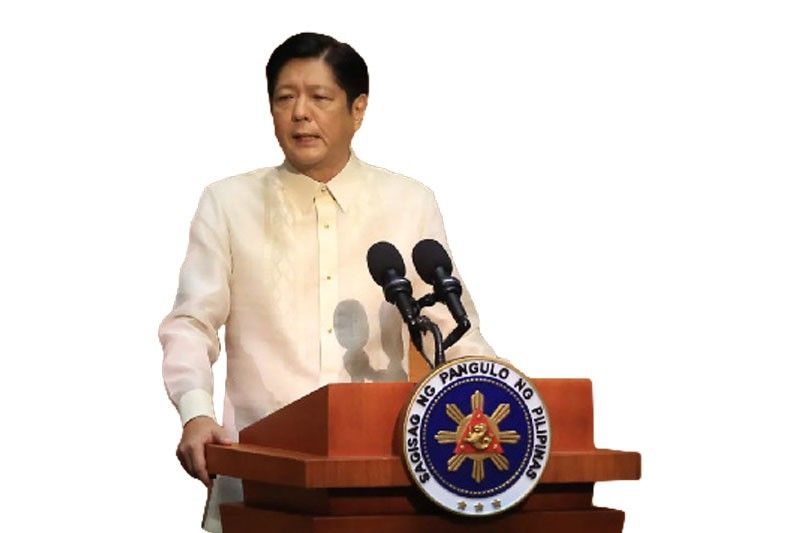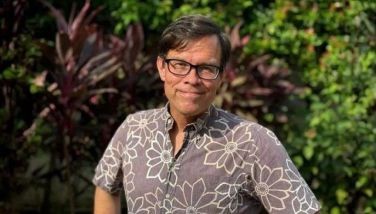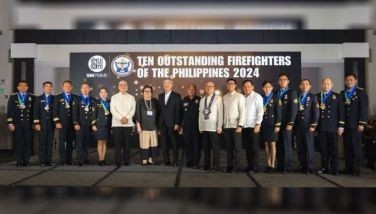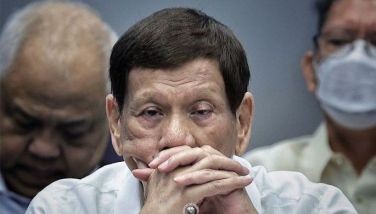President Marcos pushes for digitalization in first 2 SONAs

MANILA, Philippines — Digitalization and wider connectivity were among the main commitments made by President Marcos in his first two State of the Nation Addresses (SONA) aimed at speeding up the delivery of government services, boosting businesses, and accelerating economic growth.
Two years into the Marcos administration, where is the Philippines in terms of internet connectivity?
For Department of Information and Communications Technology Secretary Ivan John Uy, with increased government investments in infrastructure, the Philippines is poised to attain the number three spot in Southeast Asia in internet connectivity by 2028.
Uy made the remarks at a recent infrastructure forum at the New Clark City, saying “we were able to do that” in less than two years.
The country is currently ranked sixth in internet penetration and speed in Southeast Asia from ninth spot, the DICT chief said.
By keeping its 14-percent increase in the index in the past years, Uy said the Philippines will likely be in the Top 3 in the Association of Southeast Asian Nations by 2028, the end of Marcos’ term.
At present, the Philippines has an internet penetration rate of 73.6 percent, with approximately 86 million Filipinos having access to the internet, according to DICT Undersecretary Jeffrey Ian Dy.
In his maiden SONA, Marcos unveiled his administration’s “BroadBand ng Masa” project aimed at increasing digital connectivity in the Philippines.
This will be done through a combination of terrestrial or submarine fiber optics, wireless and even satellite technology, Marcos said.
“As the world moves into rapid digitalization, the digital divide will be more pronounced. The depth and breadth at which these technologies will be transformative in our lives is fully expected,” the chief executive said.
In his second SONA last year, Marcos reiterated his push to digitalize the Philippines to provide better service to the people, improve the ease of doing business and also fight “many forms of graft and corruption.”
“Data shows that digitalization, in conjunction with the government’s streamlining efforts, has significantly boosted efficiency. Notable examples are in the areas of government payments, company and business registrations, issuance of permits and licenses, loan applications, and revenue collection,” Marcos stressed.
Digital payments accounted for 42 percent of the total retail payments made in 2022, whether by businesses, individuals or by the government, the president noted.
Last month, the National Economic and Development Authority board, chaired by Marcos, approved the P16.1-billion Philippine Digital Infrastructure Project to boost broadband connectivity nationwide, particularly in remote areas.
To be funded through a $288-million loan from the World Bank, the government is expected to acquire submarine cables across Visayas, which will be later connected to Mindanao.
Internet penetration rate in Mindanao is lower than 17 percent, Dy noted.
The entire project will be implemented for a period of 10 years or from 2025 to 2035, Dy said at a Palace briefing last month.
Dy said through the project, the government would build free wi-fi sites, most of which would be put up in Mindanao particularly in Davao region (Region 11) and Caraga Administrative Region (Region 13).
“So, (Mindanao is) really the target of this development fund. It’s a development program,” the DICT official said.
In April, Marcos launched the first phase of the National Fiber Backbone, which comprises a 1,245-kilometer cable network from Laoag, Ilocos Norte to Roces in Quezon City.
“This year, we are going to finish Phase 2 and 3 of the National Fiber Backbone which connects Metro Manila to Southern Luzon,” Dy said.
In July last year, Marcos issued Executive Order 32, which streamlines the permitting process for the construction of telecommunications and internet infrastructure in the country.
The Free Wi-Fi For All program is mandated under Republic Act 10929 or the
“Free Internet Access in Public Places Act” signed by Marcos’ predecessor, Rodrigo Duterte in 2017.
There are 13,462 free wi-Fi sites in 1,401 cities and municipalities across the country, including 3,040 geographically isolated and disadvantaged areas, according to the DICT that benefited 9.8 million Filipinos.
The DICT is eyeing to reach 125,000 free wi-fi sites nationwide by 2028.
Through digitalization, Marcos also aims to empower the micro, small and medium enterprises (MSMEs) – one of the main drivers of economic growth in the country – picturing even sari-sari store owners using artificial intelligence or AI in their businesses.
“So that we get to the point where the sari-sari store doesn’t sell only to the village. The sari-sari store can sell anywhere and that brings us into the digital space,” Marcos said in a speech in April.
- Latest
- Trending
































